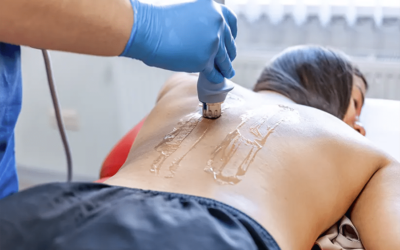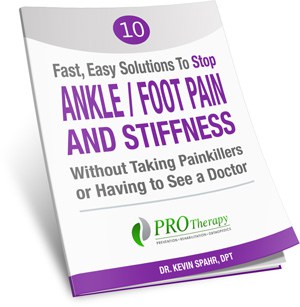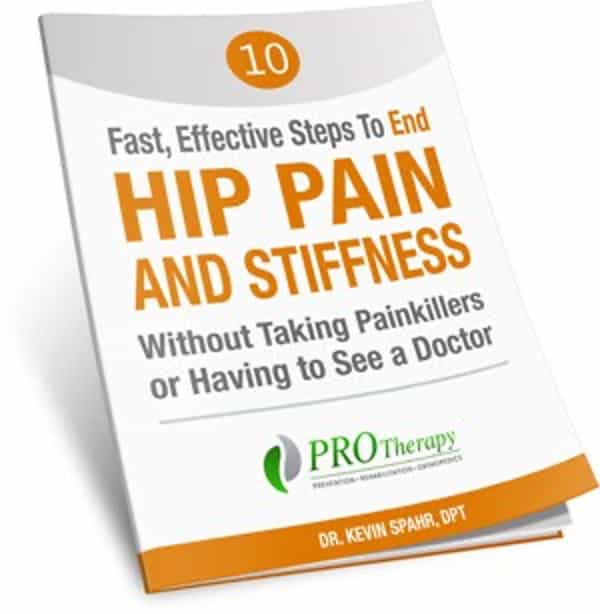With the arrival of warm weather and sunshine, many of us are eager to get outdoors, planting gardens and perfecting our yards. But all that bending, lifting, and twisting can really do a number on our bodies and result in back issues like soreness or stiffness. Lower back pain is a common complaint among gardeners and landscapers. At PRO Therapy, we want to make sure you’re able to enjoy your favorite activities without worry or pain. With that in mind, here are seven tips to help you keep back pain at bay while getting your hands dirty in the yard.
Warm Up Before You Begin
Just like any other form of exercise, warming up your body is a big help. Spend a few minutes performing stretches for lower back pain, and pay special attention to your back, legs, and arms. Bend forward and touch your toes, try the cat/cow stretch, or the child’s pose. Gentle back stretches can help improve flexibility and reduce the risk of pulling a muscle while you’re working in the yard.
Use Proper Lifting Techniques
Pavers, new plants, bags of dirt – there’s so much lifting involved in outside work! Using proper lifting technique goes a long way to reduce the risk of lower back pain and injury. Listen to your body and grab a partner to help lift really heavy items. Your back will thank you for it! Here are some form techniques to remember:
- Bend your knees, not your back: When lifting objects off the ground, don’t bend over at the waist with your back straight. Instead, you want to squat. Bend your knees and squat down to pick up the object. This helps to engage your leg muscles, which are larger and better equipped to handle the weight, while also reducing strain on your back.
- Keep the object close to your body: While in your squat, pull the object close to you and keep it close to your body as you stand up. Holding the object away from your body can put extra strain on your back muscles. By keeping it close, you distribute the weight more evenly and reduce the strain on your back.
- Use your legs: As you start your lift, push up with your legs rather than pulling with your back. Imagine using your leg muscles to drive the movement upward, keeping your back straight and try to move smoothly.
- Avoid twisting: Twisting your upper body while lifting heavy objects can really increase the risk of injury to your lower back. Instead, once you’re standing, pivot your whole body by moving your feet to face the direction you want to go. This ensures that your spine stays straight and reduces the strain on your back muscles.
- Take your time: Speed is the enemy here. Rushing through a lift might cause you to forget proper lifting techniques and put you at increased risk for a stiff back or injury. Take a moment to assess the object and plan your approach to the lift. If the object is particularly heavy or awkwardly shaped, grab a friend or family member or consider breaking it into smaller, more manageable loads.
- Use mechanical aids: For especially heavy or bulky objects, consider using support tools such as a wheelbarrow, dolly, or cart. These tools are lifesavers (and backsavers) and can help you move objects from place to place with less strain on your back and reduce the need for heavy lifting.
- Lift with your core: Engage your core muscles (your abs!) throughout the lifting process to provide more support for your lower back. Imagine squeezing your stomach as if you were preparing to be lightly punched. This helps to stabilize your spine and keeps your mind on proper body mechanics.
Take Breaks and Pace Yourself for Back Pain Relief
It can be tempting to try to get all your yard work done in one marathon session (or weekend), but overuse is one of the most common causes of back injury. Instead, break up your to-do list into smaller periods of time, and take frequent breaks to rest and stretch. If your body starts sending signals like, “Ok, that’s enough,” or “Ouch, that hurts,” take a break and start again later. Pace yourself to avoid overexertion. You can also take a short walk break every 15-20 minutes to give your back a rest and get your body moving again.
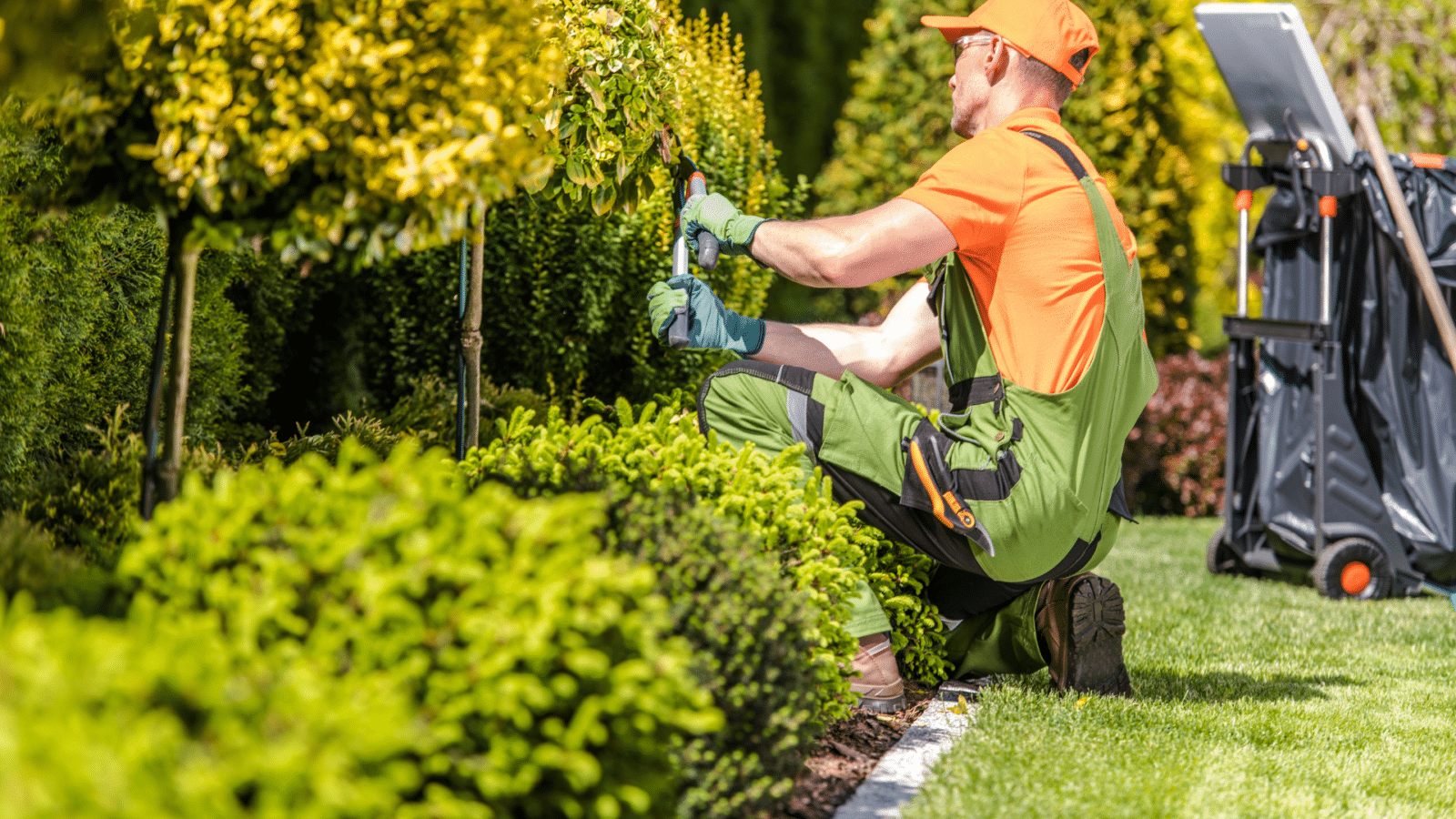
Use Ergonomic Tools and Equipment
Invest in tools and equipment that are specifically designed for efficiency and comfort. Many companies are now making outside tools that are easier to use. Look for lightweight tools with comfortable handles. Try a kneeler or garden stool to reduce the strain on both your knees and back while kneeling or squatting. Rolling carts and wheelbarrows let you pull or push heavy loads rather than lift and carry them. Pay attention to your body and hand placement when using tools with long handles like shovels, rakes, and tree trimmers.
Maintain Good Posture
Watch your posture while you’re working in the yard. Especially try to avoid hunching over or arching your back because of the extra stress that adds to your spine. Stand up straight – remember to engage those core muscles. Keep a straight back when kneeling and squatting, too. It’s easiest to forget posture when digging in the dirt.
Alternate To-Do’s and Body Positions
Variety is the key to preventing muscle fatigue and injuries from overuse. Switch between different tasks and positions to give muscle groups a chance to rest and recover. If you’ve been bending over pulling weeds for a while, switch to a task that allows you to stand upright, like raking leaves or pruning bushes.
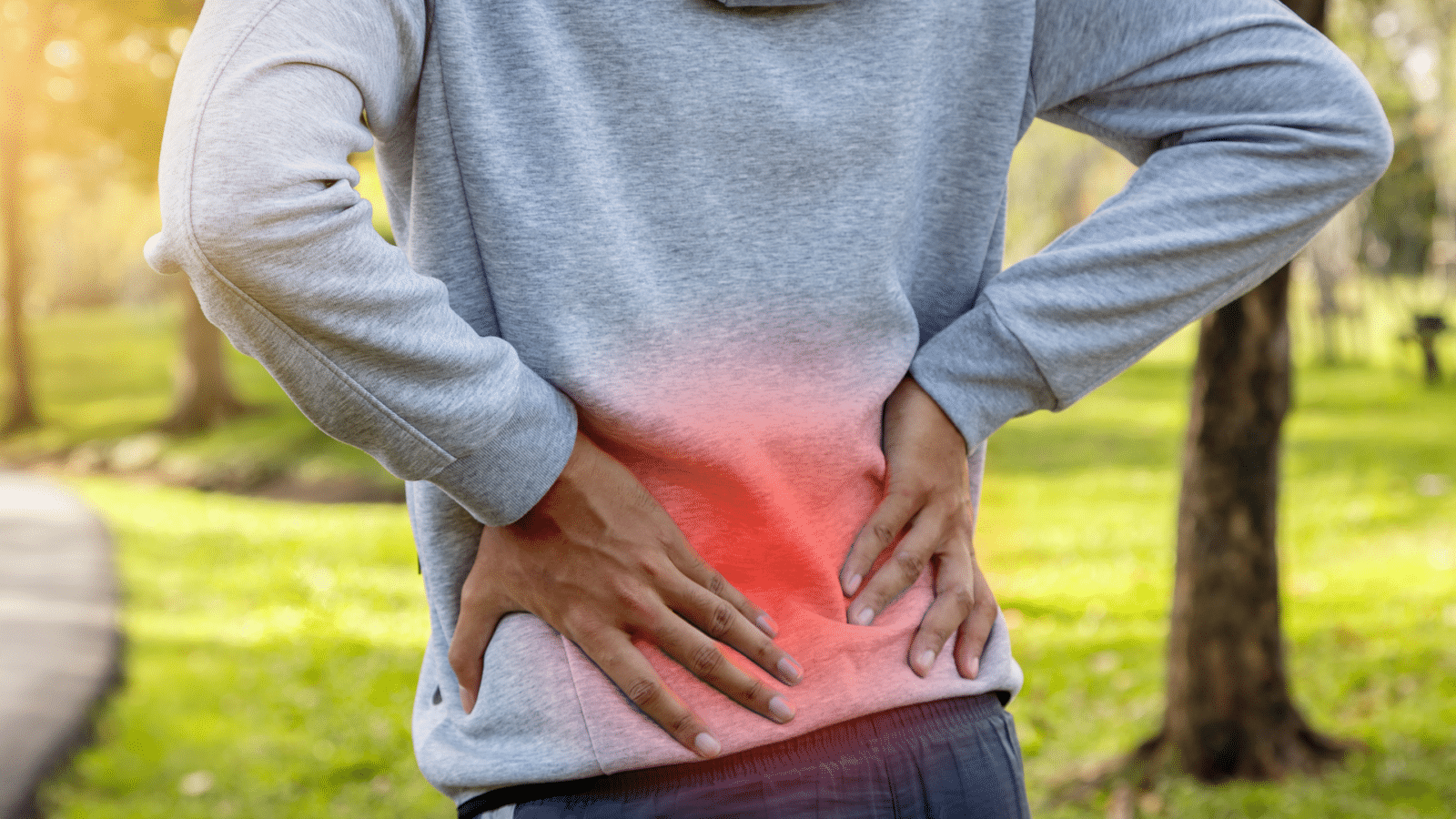
Listen to Your Body
Finally, listen to your body and pay attention to signs of pain or discomfort. If you start to feel a twinge in your lower back – it’s break time. Double check your posture and technique. Don’t be tempted to ignore the twinge or pain – that can lead to further injury, so don’t push through it. Using ice packs and over-the-counter anti-inflammatories can help with pain relief if you’ve overdone it. And if the pain lasts or becomes severe, give us a call, and our back pain specialists will get you back out there in no time.
Lower back pain doesn’t have to be the inevitable result of yard work. By just following the steps outlined above, you can greatly reduce your risk of lower back pain and injury while getting your outdoor time in. Remember to warm up before you start, use proper lifting techniques, take breaks, and think about posture. Buy some ergonomic tools and listen to your body and you’ll be happily gardening for years to come!
- New Year, Stronger Core: Why Your Gym Resolution Needs a Pelvic Floor Strategy - January 5, 2026
- Physical Therapy Programs for ACL Tear Recovery (And Prevention) - December 17, 2025
- Top Questions Women Ask About Pelvic Pain (But Are Too Afraid to Ask) - December 12, 2025




